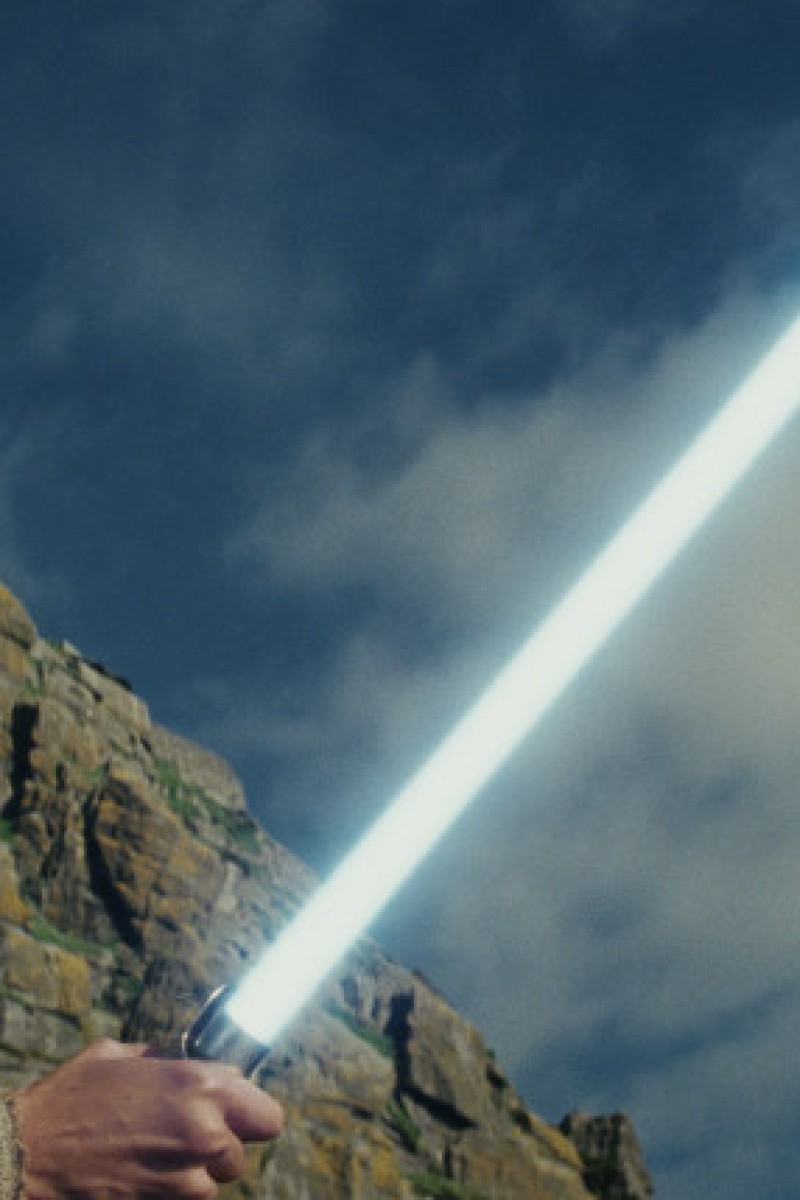 Daisy Ridley plays Rey in the new chapters of the Star Wars saga.
Daisy Ridley plays Rey in the new chapters of the Star Wars saga.Of the many famous movies series that have emerged since the dawn of Hollywood, few science fiction sagas have held the public's imagination as firmly as the Star Wars films. Evolving from its humble beginnings as an homage to Akira Kurosawa’s films influenced by the pulp sci-fi comics of the 30s, it is now a multi-billion dollar cultural behemoth.
The premise is simple, that of a farmhand who rises, much like the movies themselves, from lowly origins to near-galactic fame and inspiration. But as it has evolved, so has the amount of content needed to actually get into the fandom. Where to start? To help you, Young Post has put together a handy watching guide to the entire film saga, according to how you want to experience it.
May the 4th be with you.
Narrative: I, II, III, IV, V, VI, VII, VIII
The most basic way of watching the Star Wars saga is in the numerical order, starting from Star Wars I: A Phantom Menace, to Star Wars VIII: The Last Jedi. This will help you understand the chronology of the entire saga, from the discovery of Anakin Skywalker as a Force-sensitive child, through his eventual redemption as Darth Vader at the hands of his estranged son Luke Skywalker, and finally with the start of the new story arc with The Force Awakens.
This method is not recommended because a lot of the big moments in the two trilogies will lose their significance; case in point, the fact that [SPOILER] Darth Vader is Luke Skywalker’s father (viz. Anakin Skywalker) is a reveal that presumes you haven’t watched the prequels, and to be honest, is something that is developed far better in The Empire Strikes Back than in Revenge of the Sith.
Purist: IV, V, VI, I, II, III, VII, VIII
However, a purist might want to dissuade you from watching them just by the numbers; they say instead you should watch them in the chronological order, that is, from a production standpoint. You will start with Star Wars IV: A New Hope, which, before the canon material was expanded, was known as Star Wars. The simple story of a farmhand who grows into his new role as a member of the Rebel Alliance and the last Jedi Knight, gradually becomes more complex through V and VI, which ends on a narrative high note with the defeat of the Empire. Then, and only then, will you start with the prequel trilogy, which will explain the backstory of Anakin Skywalker’s descent towards the Dark Side, but also laying the foundation for his redemption.
This method preserves the surprises and the twists of the saga, because you’d be watching it in exactly the order George Lucas (the creator) made them, and the order in which viewers watched them. However, something to note would be Lucas’ ham-handed attempts to bring the original trilogy back up to the “quality” of episodes I, II, and III, which resulted in CGI that seems lamer with every viewing.
Machete: IV, V, II, III, VI, VII, VIII
The Machete order has dominated media coverage of Star Wars for the past few years, especially with the release of The Force Awakens and The Last Jedi. Essentially, it's like one hugh flashback (in the form of II and III) and it attempts to present a non-canonical viewing order that basically appeals to insiders who already know the ins and outs of the SW universe. By cutting out The Phantom Manace (Episode I), which is widely reviled in the fandom, it attempts to carve out a narrative arc for Anakin Skywalker that makes sense without falling into the traps of either one of the above methods.
As some viewers have pointed out, The Phantom Menace, while rightly derided for introducing characters shamelessly geared towards merchandising (viz. Jar Jar Binks) as well as employing a tone that many found inconsistent with the films that have come before (midi-chlorians, looking at you), there is still merit to the film; cutting it out seems a disservice to those who are experiencing the films for the first time.
Dealer's choice: IV
What this writer proposes is only watching Star Wars IV: A New Hope. This is the crystallisation of everything that makes Star Wars excellent, and is a self-contained story to boot. Based roughly on the plot of famed Japanese director Akira Kurosawa’s movie The Hidden Fortress, the film features such chemistry between the cast, and such “so bad it’s good” yet eminently quotable dialogue that it is a legend unto itself, even without the support of the rest of the saga. This is all you need, the buck stops here.
Edited by Jamie Lam
